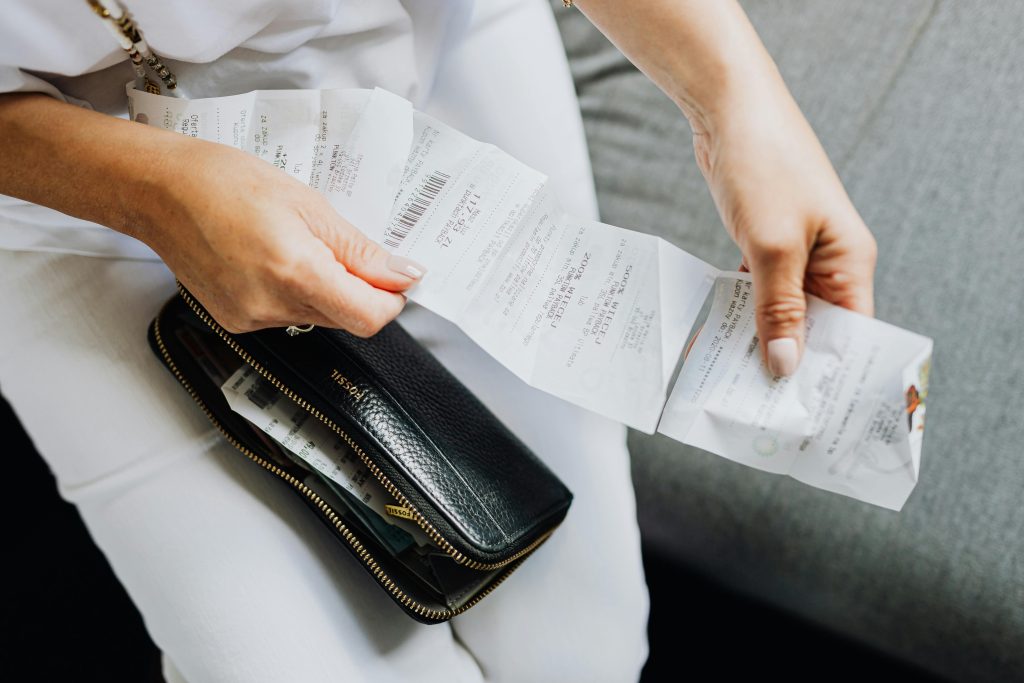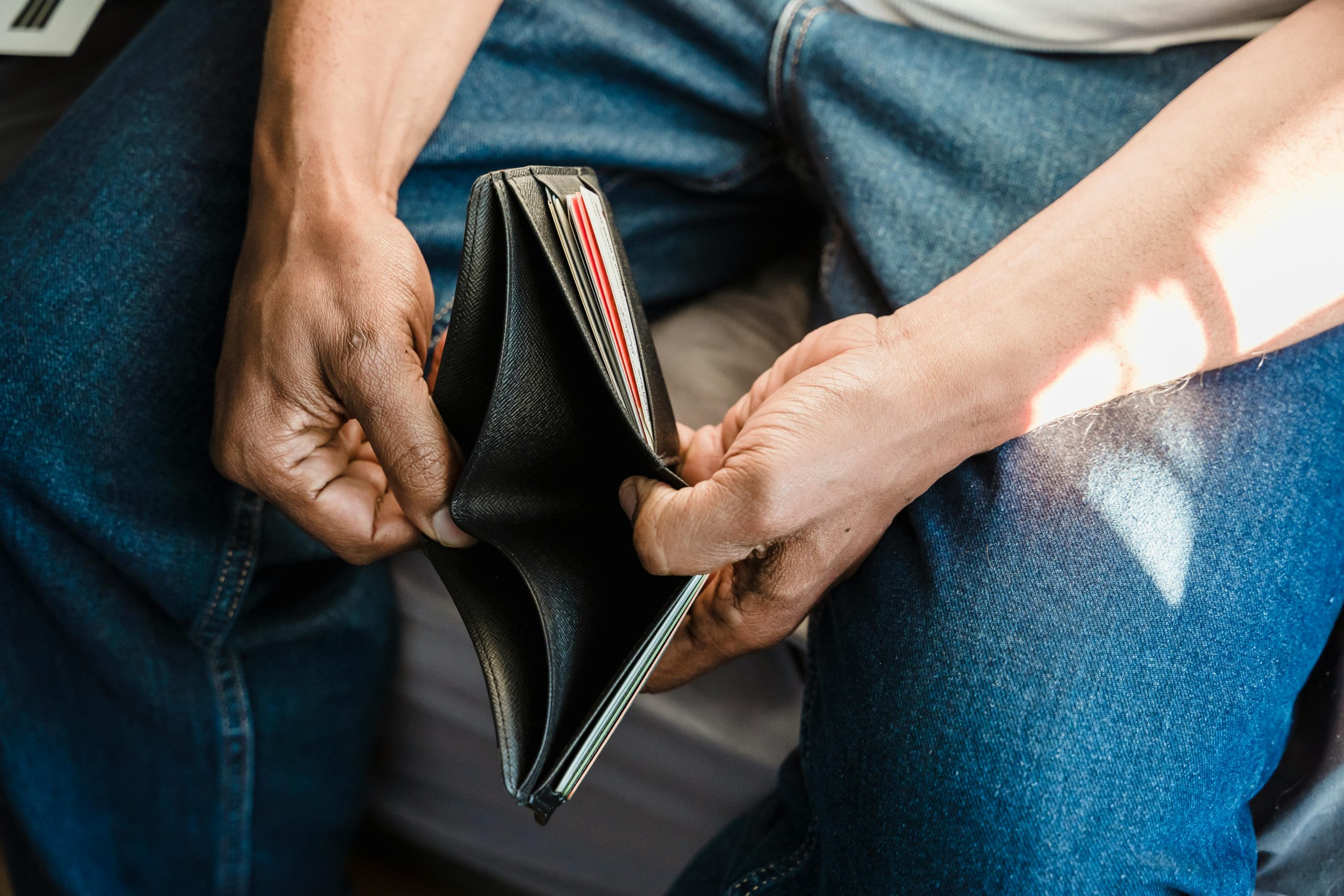You’ve Got This: Taking the Wheel of Your Financial Life (Without Needing a Finance Degree)

Remember that feeling when you got your first paycheck? The sheer possibility of it? Maybe you treated yourself to a nice dinner, bought those shoes you’d been eyeing, or just felt that profound sense of independence. Now, fast forward a bit. The paychecks keep coming, but so do the bills. That initial excitement can sometimes get replaced by a low-grade hum of anxiety. Where did all the money go? Why is my bank account always on empty a few days before payday? If I finally managed to save a bit, is it just for the next unexpected car repair or doctor’s bill?
If this sounds familiar, take a deep breath. You are not alone. For most of us, no one ever sat us down and gave us a user manual for our money. We were taught to work for money, but not how to make our money work for us. It can feel overwhelming, shrouded in confusing jargon and the intimidating specter of Wall Street.
But here’s the secret: managing your money isn’t about being a math genius or a stock market wizard. It’s about behavior, habits, and a handful of simple, powerful systems. It’s about moving from feeling like a passenger in your financial life to taking the driver’s seat. This isn’t about getting rich quick; it’s about getting secure, sleeping better at night, and building a life where your money supports your dreams instead of stressing you out.
So, let’s ditch the complexity. This is your straightforward, no-judgment guide to building a solid financial foundation. We’re going to break it down into bite-sized, actionable steps.

Step 1: The Foundation – Know Where You’re Standing
You can’t map a route if you don’t know your starting point. This first step is all about getting brutally honest with your current financial reality. This might feel uncomfortable, but I promise it’s the most liberating thing you can do.
A. Track Every Single Penny (For Just One Month)
I know, it sounds tedious. But you can’t manage what you don’t measure. For one single month, I want you to record every single dollar you spend. And I mean every single one. That morning coffee, the vending machine snack, the $1.99 app purchase, the cash you took out from the ATM.
- How to do it: Use a small notebook, the notes app on your phone, or a budgeting app that links to your bank account. The method doesn’t matter; the consistency does. At the end of the day, before you go to bed, take two minutes to log everything.
- The “Why” Behind This: You will have revelations. Most people are shocked to see where their money actually goes. That “just grabbing lunch out” a few times a week can easily add up to $200 or $300 a month. Those small, unconscious purchases are often the biggest leaks in your budget. This exercise isn’t about shaming yourself; it’s about gathering data. You’re a financial detective on a fact-finding mission.
B. Create a “Money In, Money Out” Snapshot
While you’re tracking your spending, let’s get a bigger picture. Grab another piece of paper or open a spreadsheet.
- Money In: List all your sources of monthly income after taxes (your take-home pay). This includes your salary, any side hustle income, etc. Add it all up. This is your total monthly “fuel.”
- Money Out: Now, list all your monthly expenses. Start with the big, fixed ones: rent/mortgage, car payment, insurance, student loans, minimum debt payments, utilities. Then, list your variable expenses: groceries, gas, eating out, entertainment, etc. (Your one-month tracking will be invaluable here). Add this up.
Now, do the simple math: Income – Expenses = ?
If you have a positive number, great! That’s your potential savings. If you have a negative number, that means you’re going into debt each month, and we’ve identified the core problem to fix.
Step 2: Your Budget: Not a Straitjacket, But a Freedom Plan

The word “budget” makes most people think of deprivation. Let’s reframe that. A budget is simply a plan for your money. It’s you telling your dollars where to go, instead of wondering where they went. It’s your financial GPS.
You don’t need a complicated system with a hundred categories. Let’s start with one of the simplest and most effective methods: The 50/30/20 Rule.
This rule suggests dividing your after-tax income into three simple categories:
- 50% for Needs: These are the expenses you absolutely must pay to live and function. This includes:
- Rent or Mortgage
- Utilities (electricity, water, gas, internet if you need it for work)
- Groceries (basic necessities, not fancy prepared foods)
- Transportation (car payment, gas, insurance, public transit pass)
- Minimum payments on debts (credit cards, student loans)
- Basic, necessary insurance (health, car)
- 30% for Wants: This is the fun part! This category is for the things that enhance your life but aren’t strictly necessary.
- Dining out and takeout
- Entertainment (streaming services, movies, concerts)
- Shopping (new clothes, gadgets, home decor)
- Hobbies
- Vacations
- 20% for Savings and Debt Repayment: This is your future-focused category. This includes:
- Building an emergency fund
- Saving for retirement (401(k), IRA)
- Saving for other goals (a house down payment, a new car)
- Making extra payments on debt (beyond the minimum) to pay it off faster.
How to Make It Work For You:
Your numbers might not fit perfectly into 50/30/20, and that’s okay. The point is the framework. If your “Needs” are 60%, then your “Wants” might have to be 20% for a while. The non-negotiable part is aiming to save at least 20%. This single habit is what separates financial stress from financial security.
Step 3: Conquer the Debt Monster

Debt, especially high-interest credit card debt, feels like a heavy weight. It’s money you’ve already spent, still demanding a piece of your future paychecks. Tackling it is a huge step toward financial freedom.
First, Understand Your Enemy: Make a list of all your debts. For each one, write down the total balance, the interest rate (the percentage it costs you to borrow that money), and the minimum monthly payment.
Two Popular Attack Plans:
- The Debt Snowball (The Psychological Win):
- How it works: You list your debts from the smallest balance to the largest, regardless of the interest rate. You make minimum payments on all of them, but you throw every extra dollar you can find at the smallest debt first.
- Why it’s powerful: When you pay off that first small debt completely, you get a huge psychological boost. It feels like a win! That momentum fuels you to attack the next one on the list. You “snowball” the payment you were making on the first debt into the next one, and so on.
- The Debt Avalanche (The Mathematical Win):
- How it works: You list your debts from the highest interest rate to the lowest. You make minimum payments on all, but put all extra money toward the debt with the highest interest rate.
- Why it’s powerful: This method will save you the most money on interest over time. You’re eliminating your most expensive debts first.
Which one should you choose? Honestly, the best method is the one you will stick with. If you need quick wins to stay motivated, choose the Snowball. If you are purely motivated by numbers and efficiency, choose the Avalanche. The most important thing is to pick a plan and start.
Step 4: Build Your Financial Safety Net – The Emergency Fund

An emergency fund is not glamorous. You can’t post a picture of it on Instagram. But it is, without a doubt, your single most powerful tool for financial peace of mind.
What is it? It’s a stash of cash, kept in a separate savings account, that is only for true emergencies.
- What counts as an emergency: Your car breaks down. You have a sudden medical bill. You lose your job. Your water heater bursts.
- What does NOT count as an emergency: A great sale. A spontaneous vacation. Holiday gifts. A new TV.
How much do I need?
- Start Small: Your first goal is $500 or $1,000. This alone will cover most small emergencies without you having to reach for a credit card.
- The Ultimate Goal: Eventually, you want to build this up to 3 to 6 months’ worth of your essential living expenses (your “Needs” from the budget). This is your “holy grail” of financial security. If you lose your job or have a major life event, this fund gives you the runway to figure things out without a total panic.
Where do I keep it? In a regular savings account. Not in the stock market, not under your mattress. It needs to be safe, separate from your checking account, and easily accessible when you need it.
Step 5: Make Saving Automatic – The “Set It and Forget It” Miracle

We are all human. If we have to manually decide to transfer money to savings every month, we will often find an excuse not to do it. The solution is to remove the temptation.
Automate, Automate, Automate.
- For Retirement: If your employer offers a 401(k), sign up. The money comes out of your paycheck before you even see it. You will be shocked at how quickly you get used to living on the slightly smaller amount. If they offer a “match” (e.g., they’ll contribute 50 cents for every dollar you put in, up to a limit), contribute at least enough to get the full match. This is free money—the best return on investment you will ever get!
- For General Savings: Set up an automatic transfer from your checking account to your savings account for the day after you get paid. Make your savings a non-negotiable bill you pay to yourself. Start with whatever you can, even if it’s $25 a week. Watching that account grow automatically is incredibly motivating.
Step 6: A Few More Game-Changing Habits

- Check Your Accounts Weekly: Spend 10 minutes once a week just looking at your bank and credit card accounts. This isn’t about judging, it’s about awareness. You’ll catch any fraudulent charges immediately, and you’ll stay connected to your financial reality.
- Give Yourself a “Fun Allowance”: A budget that feels like a punishment will fail. Withdraw a set amount of cash each week for your “wants”—coffees, lunches, etc. When the cash is gone, it’s gone. This allows you to enjoy your money guilt-free without derailing your entire plan.
- Think in Terms of “Your Hourly Wage”: Before making a non-essential purchase, think about how long you had to work to earn that amount. Is that new $60 video game really worth three hours of your life? Is that $100 jacket worth five? This isn’t to stop you from buying things, but to make you more intentional about your spending, ensuring it’s on things that truly bring you value and joy.
- Learn to Cook a Few Basic Meals: Eating out is one of the biggest budget-busters. You don’t have to be a chef, but learning to make five or six simple, healthy, and cheap meals you enjoy can save you hundreds of dollars a month.
You’re on Your Way
This isn’t a one-week project. It’s a journey. There will be months where you nail it and months where you overspend. That’s life. The goal is progress, not perfection.
The feeling of looking at your bank account and seeing a growing savings buffer, the relief of knowing a flat tire won’t cause a financial crisis, the quiet confidence of knowing you have a plan—this is what financial wellness feels like. It’s not about being rich; it’s about being secure. It’s about making your money a tool for a better life, not a source of constant worry.
You have the power to change your financial story, starting today. Take the first step. Just one. Track your spending for a day. Look at your bank statement. Make one small transfer to savings. You’ve got this.






